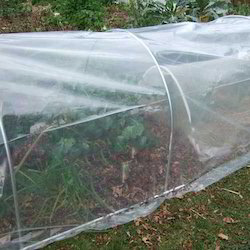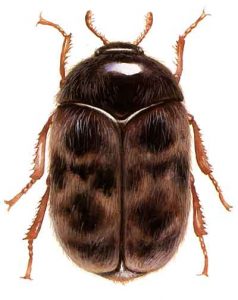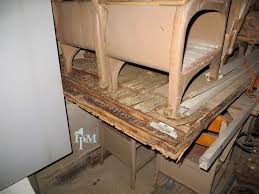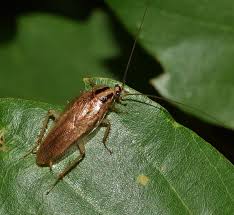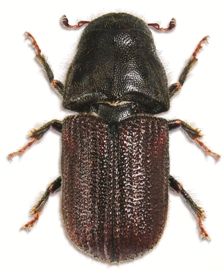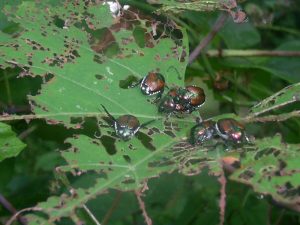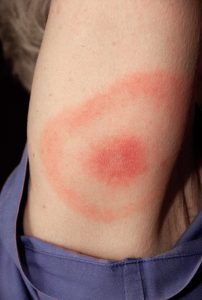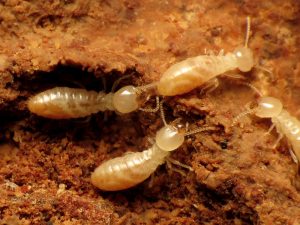 Did you know that the total weight of all the termites in the world is more than the weight of all the humans in the world!
Did you know that the total weight of all the termites in the world is more than the weight of all the humans in the world!
This is obvious for these insects eat non-stop, 24 hours a day, seven days a week!
Termites are social insects found in a wide range of terrestrial environments and are distributed throughout the warmer regions of the world. They raise their young as a group.
There are about 2,000 known termite species in the world. They stay in colonies. Some colonies consist of more than 15,000,000 termites, and the colony can survive for many years.
Termites are known as “silent destroyers” because of their ability to chew through wood, flooring and even wallpaper. Termites’ diets are primarily made up of cellulose, an organic fiber plentiful in wood and other plants such as grass. When digested, cellulose provides termites with the nutrients they need to survive. Termites are equipped with special mouthparts for chewing wood and other sources of cellulose.
There are two main types of termites capable of attacking buildings: drywood termites, which do not have ground contact, and the subterranean termites, which require contact with the ground or some other moisture source.
They are known to be a huge nuisance to the heritage sites since they destroy the structures by building their colonies in them. First, they build tunnels into structures, and then they burrow into those structures to obtain food. Any wood or cellulose-containing material constitutes termite food, and given time to do so, they’ll eat until nothing is left but a shell. They then start invading the entire heritage structure. In a number of cases, termite invasions go unnoticed for long periods of time. It gets too late to identify the damage and these destructive pests spoil the appearance of the heritage sites.
Subterranean termites do more damage annually than all-natural disasters combined.
Each year, termites cause more than $5 billion in property damage.
 These termites are capable of leaving the heritage sites in the dust.
These termites are capable of leaving the heritage sites in the dust.
The nuisance termites cause to the heritage sites is evident while we visit these sites. Few of the documented evidence is as below:
Historic courthouse found to have termite damage
28th Mar 2018 8:00 AM – The Advocate
BELLINGEN Courthouse has been closed with matters next week shifting to Coffs Harbour Courthouse after termite damage was detected inside the historic building.
The NSW Justice department said the 108-year-old courthouse will be closed while structural engineering and heritage building inspections are carried out.
A NSW Justice spokesperson said the damage has impacted walls in the registry, records room, public waiting areas, and the Magistrate’s Chambers.
Due to the closure, sittings from April 4 have been transferred to Coffs Harbour Local Courthouse.
“All parties and stakeholders are currently being advised including police and the local council,” the spokesperson said.
Termite threat to Al Ain’s historic buildings
The heritage authority is experimenting with chemical and non-chemical alternatives to killing pests or treating possibly infected sites.
Ola Salem April 16, 2011
AL AIN // Beneath every historical building, a tiny, relentless force is at work. It cannot be stopped; but unless it is restrained, conservationists say it could reduce the city’s historic houses, forts, and mosques to dust.
Countless billions of termites, each just a few millimeters long but together forming a powerful, ravenous army, are on the attack.
Heritage officials say they have found them in 10 historical buildings in Al Ain and the Western Region, but believe the problem goes far beyond that. The Abu Dhabi Authority for Heritage and Culture (Adach), which runs conservation projects, believes the insects lurk beneath pretty much every historical building in town.
Societies have long sought to protect and preserve their cultural heritage, for reasons ranging from education to historical research to the desire to reinforce a sense of identity. They have tried everything to keep their heritage sites safe from termites, but the methods they used did not give effective protection from termites.
Though destructive, termites are very important organisms ecologically as they significantly contribute to the organic decomposition process either by direct consumption of decomposing plant materials, by physical and chemical conditioning the soil they inhabit and by nitrogen fixation. So killing them is not the option to keep them away from the heritage sites.
So for this particular problem, we at C Tech Corporation have come up with a viable solution.
At C Tech Corporation, we offer a safe and effective solution to deal with these insects.
Termirepel™ is a non-hazardous product that primarily repels insects from the application. It is a broad spectrum repellent which works against insects thus efficaciously repulse them away from the application. The best feature of this product is that it is environmentally safe and causes no harm to the insect as well as humans and the environment.
The product available in the form of lacquer can be used as a topical application and can be applied to wooden and concrete structures of heritage sites. The liquid concentrate is compatible with most of the surfaces like wood, concrete, fiber, ceramic, metal, polymer etc.
The product available in the form of masterbatch can be incorporated into polymeric applications like wires and cables, pipes, agricultural films, etc. while they are manufactured. The product will prevent the ladybugs from coming near to these applications.
The liquid concentrate can be mixed with paints in a pre-determined ratio and be applied to the interior and exterior areas of heritage sites which can be painted. The liquid concentrate is compatible with all types of paints and solvents.
Using our products, they can repel the termites in an eco-friendly way!
Contact us at technical.marketing@ctechcorporation.com if you are facing problems with insects.
Also, visit our websites:
http://www.ctechcorporation.com/
http://www.rodrepel.com/
http://www.termirepel.com/
http://www.combirepel.com/
Follow our Facebook pages at:
1] https://www.facebook.com/Combirepel-411710912249274/
2] https://www.facebook.com/Termirepel-104225413091251/
3] https://www.facebook.com/Rodrepel-120734974768048/
Follow us on our Twitter pages at:
1] https://twitter.com/rodrepel
2] https://twitter.com/termirepel
3] https://twitter.com/combirepel


